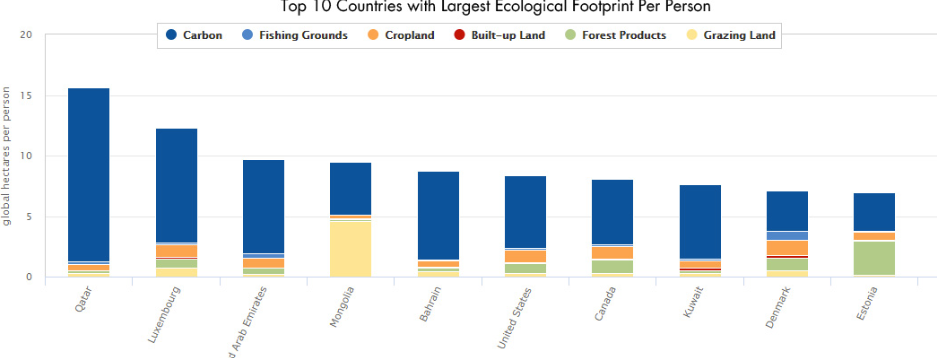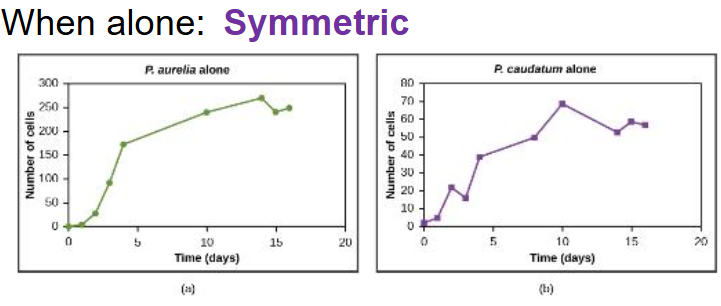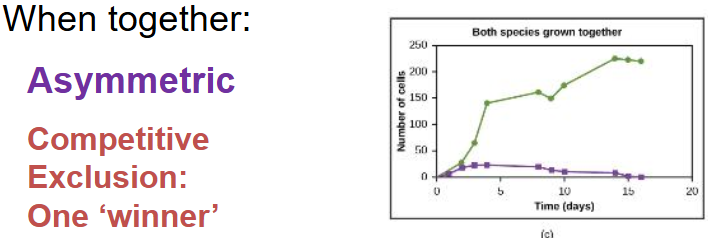Bio Unit 3
1/58
There's no tags or description
Looks like no tags are added yet.
Name | Mastery | Learn | Test | Matching | Spaced |
|---|
No study sessions yet.
59 Terms
Ecology
The study of relationships between organisms and their environment
Organismal Ecology
Focuses on the individual organisms' adaptations and interactions with their environment (biotic and abiotic)
Population Ecology
Study of interactions between members of the same species
Characteristics of a Population
Area/Range, Pattern of spacing, change in size through time
Fecundity
The reproductive potential of a population
Population Demography
Quantitative study of population that focuses on its changes throughout time, HINGES ON PREDATION, RESOURCES, AND DISEASE
Population growth is most affected by
Birth, death, migration, and Females r = (b – d) + (i – e)
b: birth rate, d: death rate, i: immigration, e: emigration
Cohort
Members of a population who are generally the same age
Life Table
Probability of survival and reproduction through a cohort’s life, calculated by number of deaths and number of survivors
Age structure of a population
The # of people in different age groups, has a critical influence on population’s growth rate
Main processes used to study populations
demography, population growth, and population dynamics
Survivorship
Percent of original population surviving to given age, meant to determine if species will survive or die off, represented by 3 types of curves
Type 1 curve species
Species that produces few offspring that live to an old age because of high parental care (large mammals)
Type 2 curve species
Individuals whose chance of survival is independent of age. Usually have few offspring with high parental care (birds)
Type 3 curve species
Individuals that mostly die in the early stages of their life. Have lots of offspring at once, but don't provide them with much parental care. (Trees)
Biotic potential
exponential for any population, unchecked growth in a population will lead to explosion (kudzu)
dN/dt and r
intrinsic rate of natural increase, adjusted for amount of available resources
r/k selection theory
describes the way a species controls its number of offspring. K selected species have type 1 traits (humans), R selected ones have type 3 traits minus the long lifespan (roaches)
Ecological Footprint
The amount of land required to sustain their use of natural resources. Total footprint of humanity is 1.5, humanity uses ecological services 1.5 times as quickly as Earth can renew them

Dominant Species
Species that is the most abundant in an area
Are humans exponential or logistic?
Exponential because they show steady growth trends and have in the past increased the world’s carrying capacity. 10 billion is estimated carrying capacity
Keystone Species
Most influential in regards to trophic levels, it is the species that is essential to the order of the ecosystem it lives in (gray wolves, which control elk populations)
Foundation Species
Species that allows others to live in an environment by altering that environment (beavers creating dams/cutting down trees)
Intraspecific competition
Competition within a species
Interspecific competition
Competition between species
Interference competition
Competition that takes the form of direct physical interactions between species
Exploitative Competition
When species indirectly compete with each other by consuming the same resources
Competitive Exclusion Principle
States that no two species can occupy the same niche. Those who use the resources more effectively are selected for that niche (GF Gause experiment with 3 species of paramecium)
What are some mechanisms that species can use to avoid competition?
intimidation tactics, camoflauge, isolation mechanisms, symbiotic relationships
Symmetric Trajectory
When two species that occupy the same niche live separately, they show a very similar pattern of growth

Asymmetric Trajectory
When two species that occupy the same niche live together, one may end up outcompeting the other to death. (P. aurelia killing off P. caudatum). There is an exception as sometimes it is possible for species to coexist if they divide their resources well.

Ecological Niche
total range of conditions under which an individual (or population) lives and replaces itself
Resource Partitioning
Sharing of resources by similar species occupying the same niche, is a result of Natural Selection
Character Displacement
Differences in morphology between sympatric species to reduce competition in the same environment (populations/species that occur in the same place at the same time) (darwin’s finches)
Batesian Mimicry
When a harmless species develops camoflauge to look like a more harmful species (milk snakes and coral snakes)
Mullerian Mimicry
when related/unrelated dangerous organisms have similar warning systems, like bright colors, to protect from predators (butterflies mimicking more poisonous butterflies)
Aposematic Coloration
advertising by an animal to potential predators that it is not worth attacking or eating. (poison dart frog or skunks)
Green world hypothesis
proposes that predators are the primary regulators of ecosystems: they are the reason the world is 'green', by regulating the herbivores that would otherwise consume all the greenery.
Why don’t herbivores eat everything?
90% of plants end up with decomposers, it takes time to determine which plants are best suited for eating, many plants are low in nutritional quality
Ectoparasites
Live on the surface of the host
Parasitoidism
deposit eggs in/on the host
Endosymbiont
Live inside one another
Clownfish and anemones
Mutualism
Remora and shark
Commensalism
Biological communities are characterized by species…
richness (number present), abundance, relative abundance (How common or rare relative to others), and diversity (Species richness and evenness of species abundance)
Evapotranspiration
The release of water into the atmosphere in the form of water vapor by evaporation, respiration, and transpiration. As it occurs more, species richness increases (IT IS A KEY INDICATOR OF COMMUNITY COMPOSITION)
4 main abiotic biogeochemical cycles
Water, carbon, nitrogen, phosphorus
Nitrification
The biological oxidation of ammonia/ammonium to nitrite followed by the oxidation of the nitrite to nitrate. Nitrogen sources from the atmosphere via nitrogen-fixing bacteria. This nitrogen and nitrogenous waste from animals is converted back into gaseous nitrogen by soil bacteria, which also supply food webs with the organic nitrogen they need.
How does energy exist?
In the form of heat, light, chemical-bond energy,
First law of thermodynamics
Energy is neither created nor destroyed, rather changes forms
Second law of thermodynamics
Some chemical bond or light energy can be converted into heat (entropy)
Photoautotroph
Organisms that use light energy to produce organic materials needed to sustain their own metabolism (plants, certain bacteria)
Chemoautotroph
An organism that takes inorganic chemicals and transforms it into energy. (ORGANISMS IN THE CAMBRIAN ERA THAT WOULD USE GEOTHERMAL VENTS AS FOOD)
Why are venus flytraps primary producers?
IT TECHNICALLY DOES NOT EAT THE BUG, It decomposes them and uses their chemicals like fertilizer
Order of levels
Primary producers, herbivores, primary carnivores, secondary carnivores, detritivores (physically break down decaying matter)
Why are decomposers important
essential for recycling the finite matter that occupies physical space in the biome.
Limiting nutrients
Nutrients that exist in the shortest supply and limit growth. For terrestrial and aquatic ecosystems, it is nitrogen and phosphorus
Gross Primary Productivity (GPP)
Rate at which primary producers incorporate energy from the sun.
Net Primary Productivity